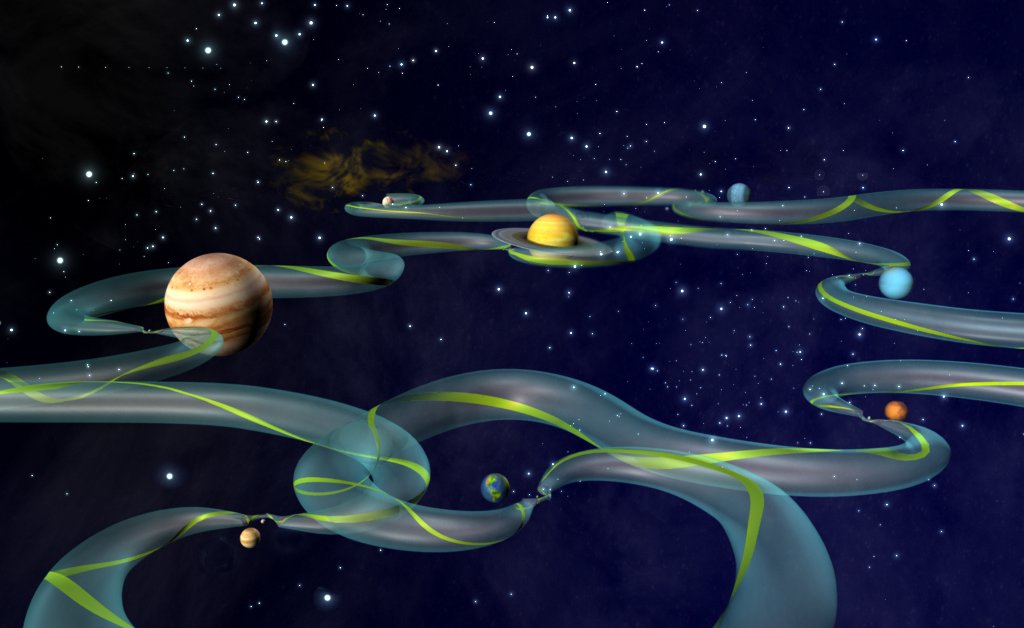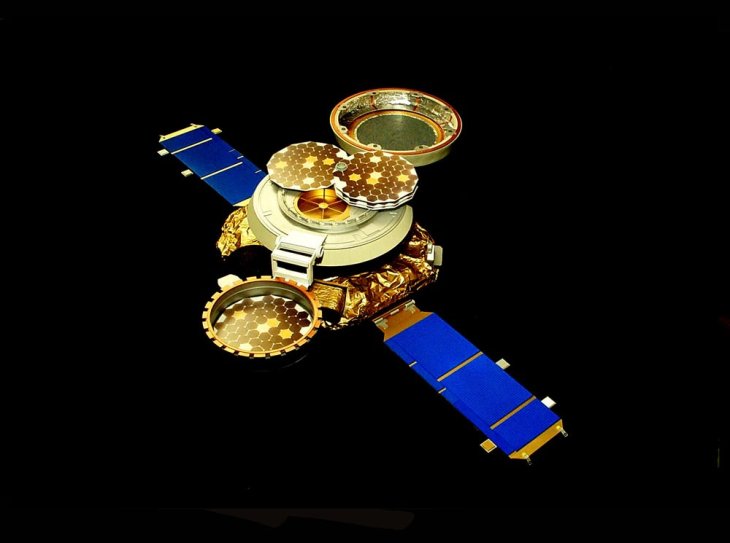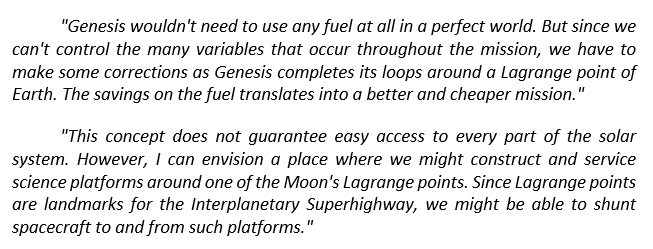Mathematicians Discovered That Straight Line Is Not The Fastest Way Through Space
Aadhya Khatri - Jun 27, 2019

Thanks to the advancement of mathematics and computing, scientists have discovered an interplanetary superhighway for spacecraft
- The First Space Hotel In The World Will Welcome 400 Guests
- Startup Builds Vehicle With Soviets Tech To Collect Space Garbage
- Russia Will Build A Lunar Space Station With China Because It's Done With NASA
When asked about what they think is the fastest route to get from A to B, most people’s answers are the straight line. This is true, at least on Earth, but in space, it is not. The quickest way in space is far from anything straight.
In the last few years, NASA engineers and mathematicians have found out that if they could create bizarre loops, we may be able to take advantage of gravity and also save fuel.
For example, in 2004, the Genesis spacecraft embarked on the returning journey after collecting solar particles for two years. Its mission took place around a Lagrange point.
However, Genesis did not go on a straight line home but rather a curvy path. It went past the Earth, forming an extended million-mile loop, and then came back. You may wonder why the spacecraft did that seemingly impractical act. The reason here is that it took advantage of the gravity of the Sun and the Earth to save fuel.
Planets and their moons’ competing gravitational tugs have created an extensive network of passageways on which spacecraft can travel vast distance with minimal fuel use. This breakthrough is possible, thanks to the advancement in computing and mathematics.
If you are interested in knowing more about this invention, here is a more detailed explanation:
The interplanetary superhighway is like a vast system of virtual winding conduits tunnels surrounding planets and the Sun. This system was drawn up by Martin Lo, the man behind the software designing Genesis’s flight path.

Most of NASA missions have taken the gravity on spacecraft when it flies past a body, a moon or a planet for example, into consideration. However, Lo factored in the planet’s pull on the moons or the Sun’s pull on other planets. The forces generated from all directions can cancel each other, making paths in which spacecraft can fly through.
Each moon and planet has five Lagrange points where spacecraft can orbit and use minimal fuel. With that in mind, Lo drew out some possible paths using these points. The paths are what make the tubes in space. He intends to do the same thing for the whole Solar System.
The foundation for Lo’s finding was laid in the late nineteenth century by Henri Poincaré, a French mathematician. The Lagrange point was first used in 1978 by the International Sun-Earth Explorer 3.

In 1991, JPL and the Japanese Space Agency made use of a similar method for the Japanese Hiten mission to the Moon. This work, coupled with the research of the University of Barcelona, has given Lo the inspiration for the Interplanetary Superhighway.
The underlying mathematics for the project was turned into a tool called “LTool” with the help of Purdue University’s algorithms and models.
The LTool was used to design the flight path for the Genesis in 2001. After leaving Earth, the spacecraft orbited five loops around the Lagrange point. Genesis then passed by Earth to reach another Lagrange point on the other side of the planet. Finally, the spacecraft returned to Earth to deposit the samples it had collected.

Here was what Lo said about the mission:
The Interplanetary Superhighway might be used for human-crewed missions in the future.
Featured Stories

Features - Jul 01, 2025
What Are The Fastest Passenger Vehicles Ever Created?

Features - Jun 25, 2025
Japan Hydrogen Breakthrough: Scientists Crack the Clean Energy Code with...

ICT News - Jun 25, 2025
AI Intimidation Tactics: CEOs Turn Flawed Technology Into Employee Fear Machine

Review - Jun 25, 2025
Windows 11 Problems: Is Microsoft's "Best" OS Actually Getting Worse?

Features - Jun 22, 2025
Telegram Founder Pavel Durov Plans to Split $14 Billion Fortune Among 106 Children

ICT News - Jun 22, 2025
Neuralink Telepathy Chip Enables Quadriplegic Rob Greiner to Control Games with...

Features - Jun 21, 2025
This Over $100 Bottle Has Nothing But Fresh Air Inside

Features - Jun 18, 2025
Best Mobile VPN Apps for Gaming 2025: Complete Guide

Features - Jun 18, 2025
A Math Formula Tells Us How Long Everything Will Live

Features - Jun 16, 2025


Comments
Sort by Newest | Popular